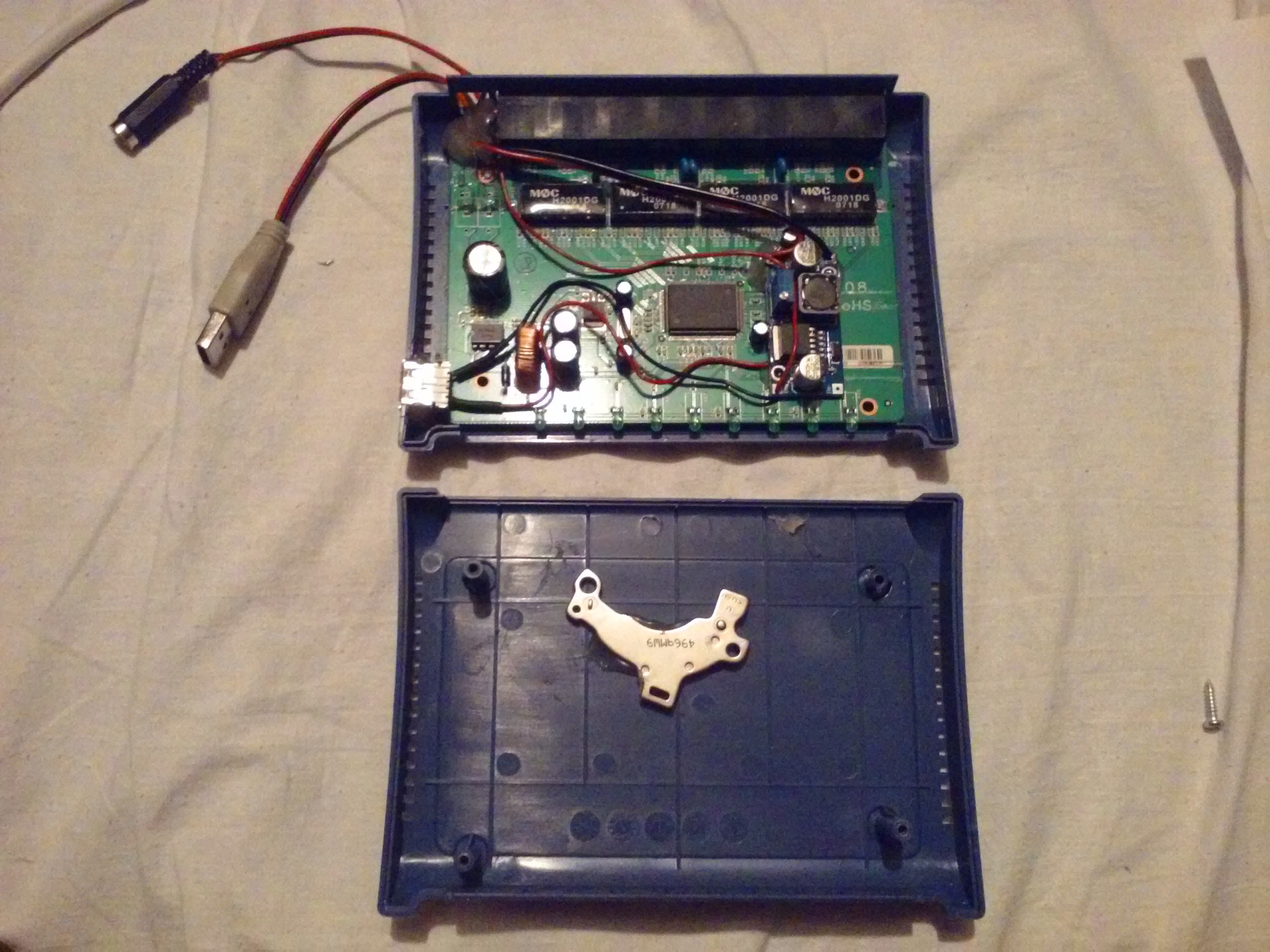-
Soldering station safety - heat gun anti-melting safeguards
12/31/2017 at 02:07 • 0 comments![]()
Some time ago, I found an article about modding soldering stations for safety (in Russian) (Google Translate). The problem is hot air guns suddenly melting and setting themselves on fire, supposedly, because TRIACs that control them fail.
![]()
Here's a video of this phenomenon:
Here's one more:
First, an explanation on how most Chinese hot air guns work.
---------- more ----------![]()
why would you point the hot air gun towards the desk ffs
and the soldering iron too what the fuck is this picture
and the sponge isn't even wet
my eyes hurt
Most of soldering stations have simple hot air guns - with air pump (a small fan, to be exact) embedded in the gun itself. So, in the hot air gun you'll have a fan, heater, thermocouple and sometimes a reed switch to detect when hot air gun is put on its stand, there might also be a ground wire connection if you're lucky (to be fair, it's there most of the times). It's all plugged in and controlled by a separate box, which might also control a soldering iron if you bought a combo hot air+soldering station, and that controller box is powered by 220V.
The hot air heater consumes plenty of energy, there's air going through it constantly, and it has to keep the temperature up. From my understanding, there are two ways to power heaters like this - either from 220V, or from a separate box. First option is kinda less safe (since, depending on which way you put the plug in, you might have 220V inside your hot air gun), but significantly cheaper and simpler to be implement. It can be also made in a safe way, of course, the problem is when it's not done that way.
![]()
So, here's a typical circuit for driving a TRIAC. The middle block is an optocoupler with an integrated TRIAC driver, something like MOC3041 (has zero crossing detection, helps decrease losses when driving AC), that TRIAC driver controls the main, big TRIAC that switches Rload, and the Rload is our hot air gun heater. The optocoupler is driven by a microcontroller's GPIO, based on hot air gun temperature and settings that the user picked.
What happens when TRIAC fails and shorts itself? What happens if the optocoupler's phototransistor fails short, or the LED-driving-GPIO on the other side is stuck for some reason? The heater gets 220V, and for a small heater this isn't something it can handle for a long time.
Theoretically, those stations shouldn't just fail. However, it appears they do - be it cost-cutting practices, fake parts, bad PCB design or something else, like power surges - maybe all of those combined. Reading the article I was talking about, the most scary thing about it were the comments - full of remarks like "Yeah, my friend's room burned down because of that", "Yeah, I went away for an hour and saw my hot air gun melted and breakers blown". I think this is not acceptable, but I also don't think we can do anything other about it than hacking around the problem after we buy the station.
Our hackerspace has a soldering station, hot air+soldering iron combo. I was sure it'd have the same electrical design, so I decided I'd check if it's vulnerable.
Disassembling it:
Yeah, same design - TRIAC and an optocoupler driving it. At least it all seems optoisolated. But hey, what's this?
So, the manufacturer of this soldering station actually took some precautions - but only after the board was manufactured. He actually cut trace from optocoupler LED to one of the power connections, and added wires connecting the optocoupler to the same switch on the front panel that enables the hot air gun. So it appears, from one side the optocoupler LED is controlled by PWM from an onboard microcontroller, from the other side it's controlled by the switch that, being SPDT, signals the MCU to start PWMing with one pair of contacts and enables the optocoupler with other pair.
This is a nice touch (as well as something that shows the problem exists and is known). However, IMO this isn't enough. What if the phototransistor side of optocoupler fails? What if the main TRIAC fails? I'm sure it still needs a relay.There's a relay footprint, too! I didn't understand what it was for, what kind of device would be connected to it, could be some kind of cool accessory. Maybe this board is multi-purpose, and is also used in something else other than soldering stations?
So, I can use that footprint to easily wire a relay in - I don't have to add any additional wires, that's nice. This footprint is for the kind of the relay that we usually get in "Arduino 5V relay breakout boards", except this relay is wired to 12V, as quick check with a multimeter revealed. I had one of these relays that was 12V-compatible, left over from a previous project, so I added it in!
Now, the power trace part needs some re-wiring. Armed with a dremel tool, I cut some traces, drilled a pair of holes and added some jumpers:
How it would be controlled, though?
Ah, there's a transistor footprint, nice. Needs a base resistor and a resistor between base and ground, though. Done:
Seems to be it!
Later on, I realised I forgot a diode in parallel with relay, though. However, as far as I can imagine, worst case is - the relay is going to be stuck open, making it all no less safe than it was before. Also, I can easily check whether the transistor is still working, by turning the soldering station on and then flipping the "Hot Air" switch - if the transistor is OK, I'll hear the relay click =) (and if the transistor breaks, the relay will likely just never turn on, which could be taken as "fails in a safe way").
Problems that this hack doesn't solve:
- Heat gun melting while the station is on and the heat gun switch is on - if the heat gun gets constant 220V while it's on (and, say, air is set too low, or even stops because of the blower fan melting), it still might start melting and go up in flames, maybe not as quickly. Same could happen in case there's a voltage spike which makes the microcontroller go haywire and turn the TRIAC 100% on. To be safe from that, you'd want some kind of relay that would protect from overvoltage.
- However, if both the station and the heat gun switch are on, you're likely somewhere nearby - right?
Anything else?
- Heat gun melting while the station is on and the heat gun switch is on - if the heat gun gets constant 220V while it's on (and, say, air is set too low, or even stops because of the blower fan melting), it still might start melting and go up in flames, maybe not as quickly. Same could happen in case there's a voltage spike which makes the microcontroller go haywire and turn the TRIAC 100% on. To be safe from that, you'd want some kind of relay that would protect from overvoltage.
-
A 2$ 12V dremel tool speed control
03/01/2016 at 06:29 • 0 commentsI sometimes go on an eBay bidding spree, trying to get items of <1-2$ price which I don't really need right now but might need later. The same was with a nice LED dimmer (which I'd never plan to buy!) I found and subsequently won:
![]()
This is how these look like. I threw it somewhere and forgot about it. I also have a really cheap rotary tool which looks like this (only black, this seems to be just a rebranded version):![]() It has a barrel jack connector on a cord for 12V power. I don't have the current consumption figures, sorry. Anyway, I needed a speed control for it because of noise produced, necessity to sometimes operate more smoothly and thus slowly and the fact that my tool started to develop some bearing problems, and speed might be a factor which I might want to take into account when I'll get the same tool to replace this one. I remembered that I had this dimmer somewhere, found it (the most difficult part in all this, honestly) and disassembled it:
It has a barrel jack connector on a cord for 12V power. I don't have the current consumption figures, sorry. Anyway, I needed a speed control for it because of noise produced, necessity to sometimes operate more smoothly and thus slowly and the fact that my tool started to develop some bearing problems, and speed might be a factor which I might want to take into account when I'll get the same tool to replace this one. I remembered that I had this dimmer somewhere, found it (the most difficult part in all this, honestly) and disassembled it:![]()
It's a pretty well-built circuit. Beats many of Chinese electronic pieces like this (typically epoxied/with sanded down IC markings/unknown components/etc.). It is clear (I might be wrong though) that NE555 is producing some sort of PWM to drive the MOSFET, and the PWM is controlled using the potentiometer (which also has an OFF feature, that is, it has a switch which's connected when the potentiometer is turned to one of the extremes). It also has some more components, like an op-amp, which purpose I'm not sure about - but I'm sure it was necessary if these guys who are typically cutting corners by removing every single not-so-necessary component left this op-amp in the circuit (maybe they have them on clearance, after all). Note - the deadbuggy-diode wasn't originally in the circuit...
Ah, about the diode. So, I was looking on whether this thing could substitute a speed control for my rotary tool, and it looked as if it easily could, with only difference being that LED strips which this thing was intended to drive don't typically generate EMF when being switched, especially switched with PWM. A diode, as we all know, easily prevents the driver from damage - and so it did. I added a diode, assembled the thing and connected it in series with my rotary tool - and it worked as a charm.
I just now realise it could blow some components if those red/black wires on the right were not representing the polarity (I didn't even check that with a DMM), but they were correctly-colored. Once again, quite a surprise. Also, it's still good for driving LEDs!
I plan to get some more of those dimmers to see if this would be good to base a soldering iron dimmer upon (with a 12V/2A soldering iron and a built-in thermocouple). I'm sure I'll be better off making my own board for this, but nevertheless I'll consider this if I need a minimum effort option. Also, in case of rotary tool, I think this circuit could even be embedded in the rotary tool itself (all those wires are bulky, after all). You'd want to make the potentiometer head smaller though =) Anyway, it's a nice potentiometer-PWM-MOSFET thing, and you could use that in one of your projects too. -
Network switch with 5-12V input and a 5V/2A USB out
02/26/2016 at 23:52 • 0 commentsSometimes I need to set up a little network infrastructure to connect a multitude of devices to a network. I also can't be picky about PSUs, as I can get either a barrel jack one or a simple USB socket from my computer. Also, I need something to power all those Raspberry Pi boards I sometimes need to experiment on, and given all the environmental constraints (that is, in some places where I work there aren't enough wall sockets) one USB port with enough power makes all the difference. With that in mind, I've took a 8-port network switch I've been using for ages and repurposed it a little.
![]() Network switch in question needs 5V. In its first revision, I used a LM7805. However, this proved to be unviable because the thing would heat up a lot from 12V, even with a heatsink.
Network switch in question needs 5V. In its first revision, I used a LM7805. However, this proved to be unviable because the thing would heat up a lot from 12V, even with a heatsink.
So, I turned to one of those fake-LM2596 DC-DC modules eBay is offering, and they're pretty decent compared to linear regulators in terms of efficiency. That worked, and worked pretty well, but these regulators are capable of more and I wasn't tapping into that capability. So I added a USB port which could provide 5V at enough amps to charge/power things. The switch both has a USB cord tapped into the 5V line and a 5.5/2.5 barrel jack connection which is connected to the DC-DC Vin.
Misc features:![]()
- This switch has a magnet glued to the top lid. It's mainly for attaching it to metal surfaces, since I've actually needed that a couple of times, like attaching the switch to an underside of a table.
- It can also backpower a Raspberry Pi A/B (not + or 2) using the 5V USB plug it normally would use to power itself - that is, if I use the barrel jack connector to power the whole thing instead.
Things to add:
- I could get the cheapest AR9331 router (or breakout board from China) and house it inside. It'd only take one port, but the possibilities would be huge - an integrated router with WiFi, now that's nice! I'm carrying a separate router now, as I mainly use existing gateways&DHCP servers, but I can see a couple of uses for this. The USB port would also get some data lines, or I could even add one more port. As for Ethernet ports, I sometimes use more than 5, but hardly ever all 8. If the router board has 2 fully separate ports available, I can connect one port to the switch and another to one of the Ethernet connectors to make a WAN port, and maybe even get small signal relay to switch Ethernet data lines should I need to disconnect the router completely.
- I could add one more magnet, I guess, for stability. Just need to remember not to put the thing near hard disk drives =)
- It could use some input protection, as in - polarity&overvoltage protection boards on both 5V and variable outputs.
Tool hacks
Improving/repurposing existing tools and making new ones - my take on this
 Arya
Arya
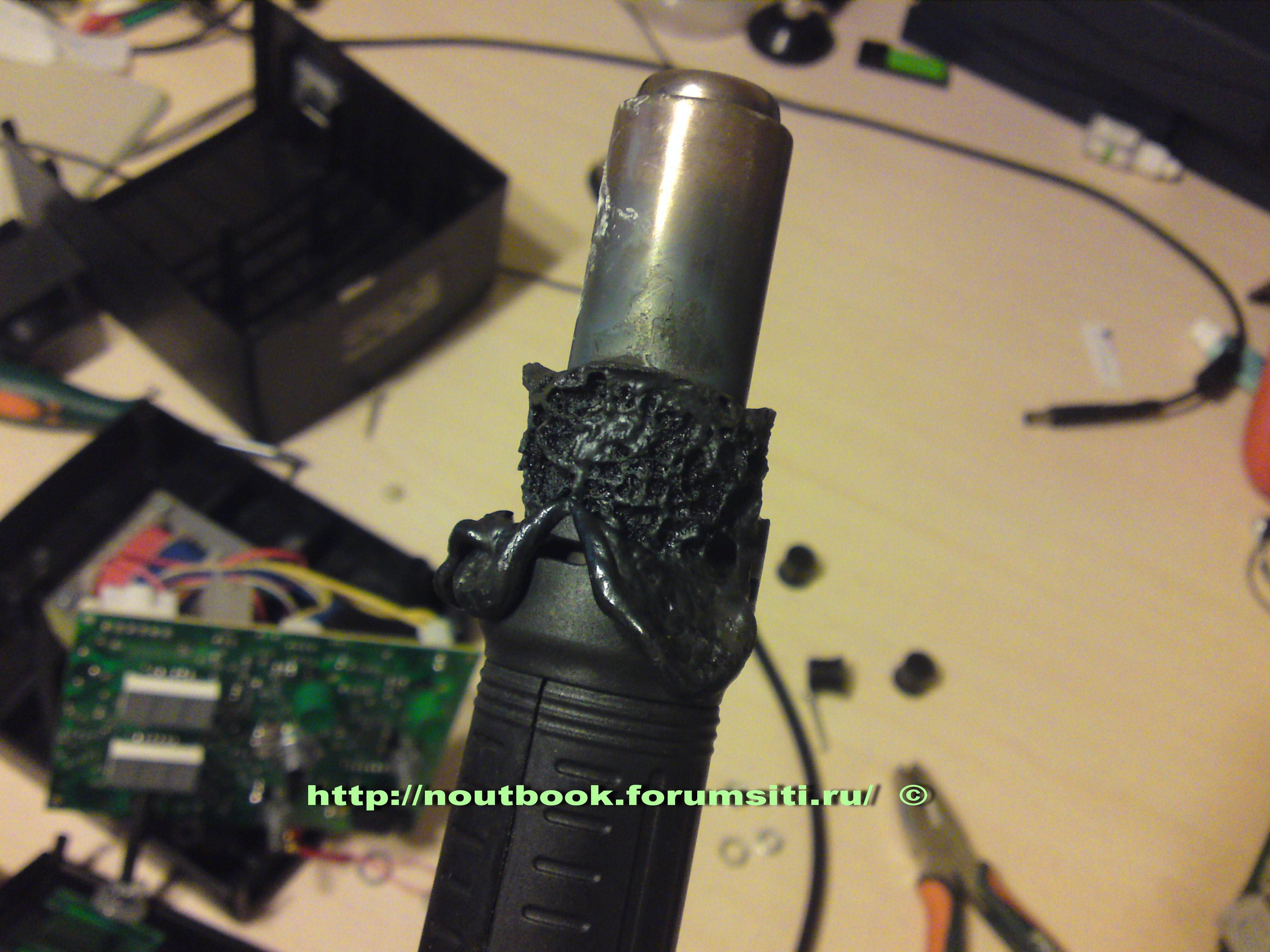


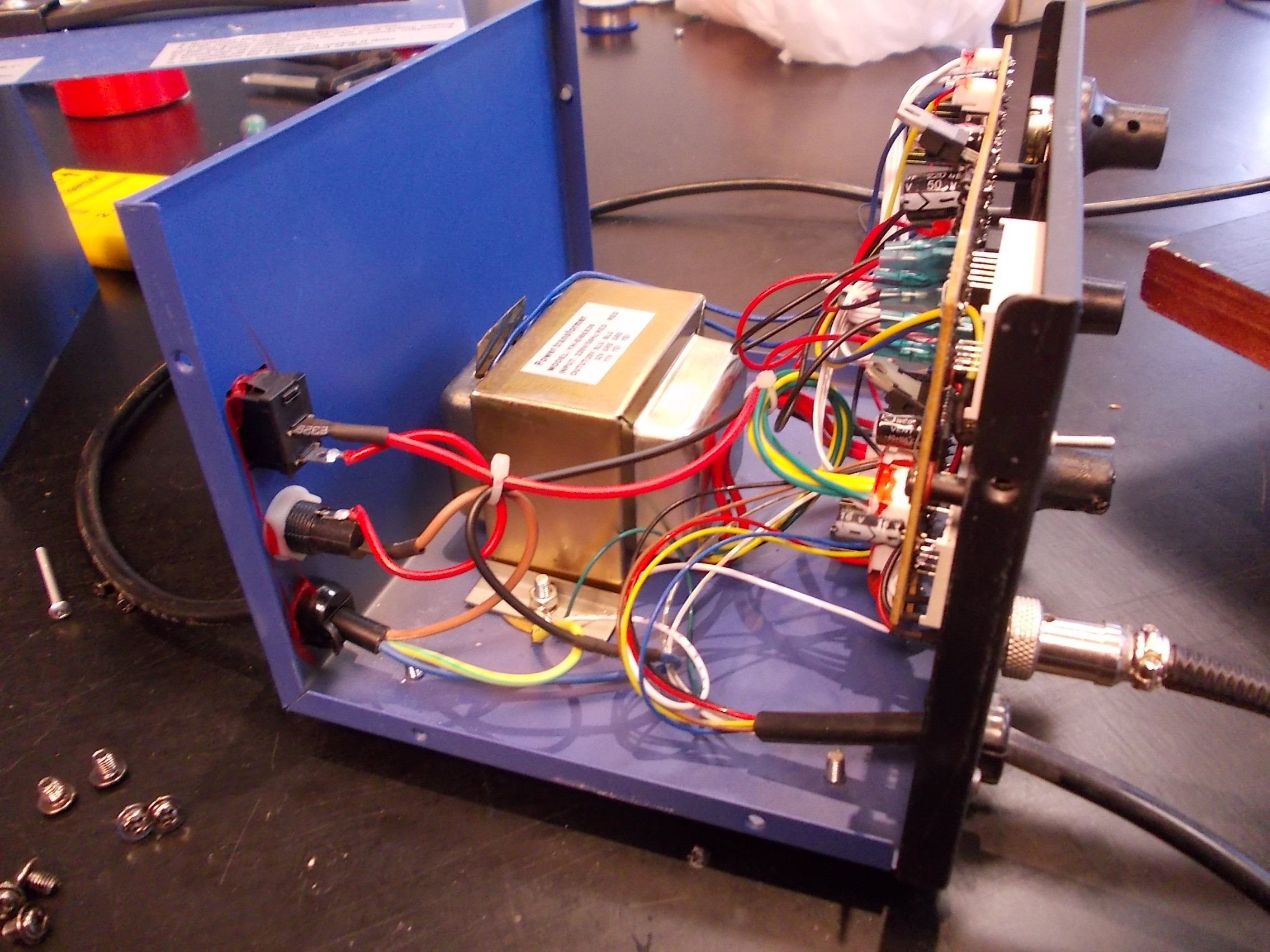
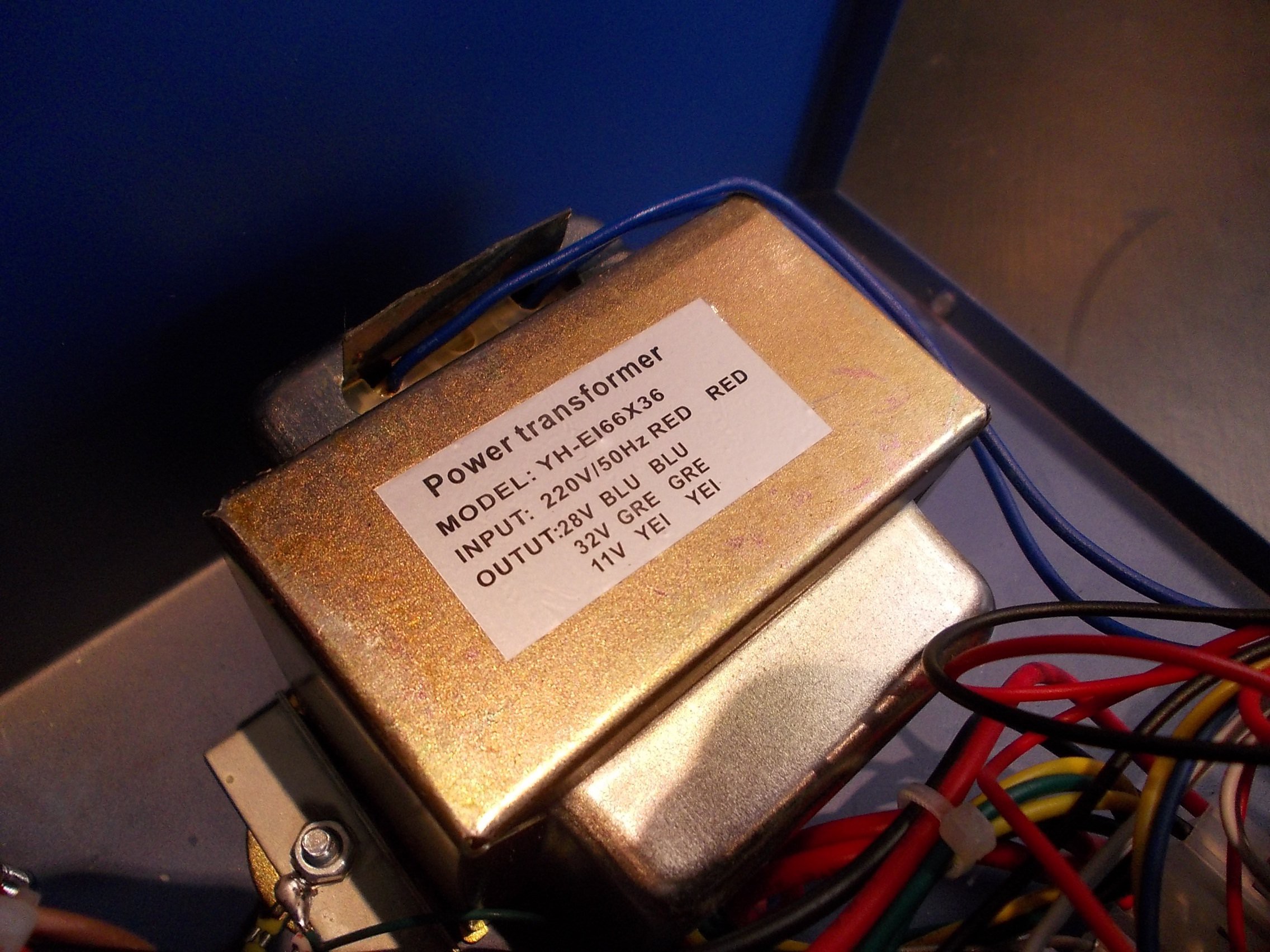
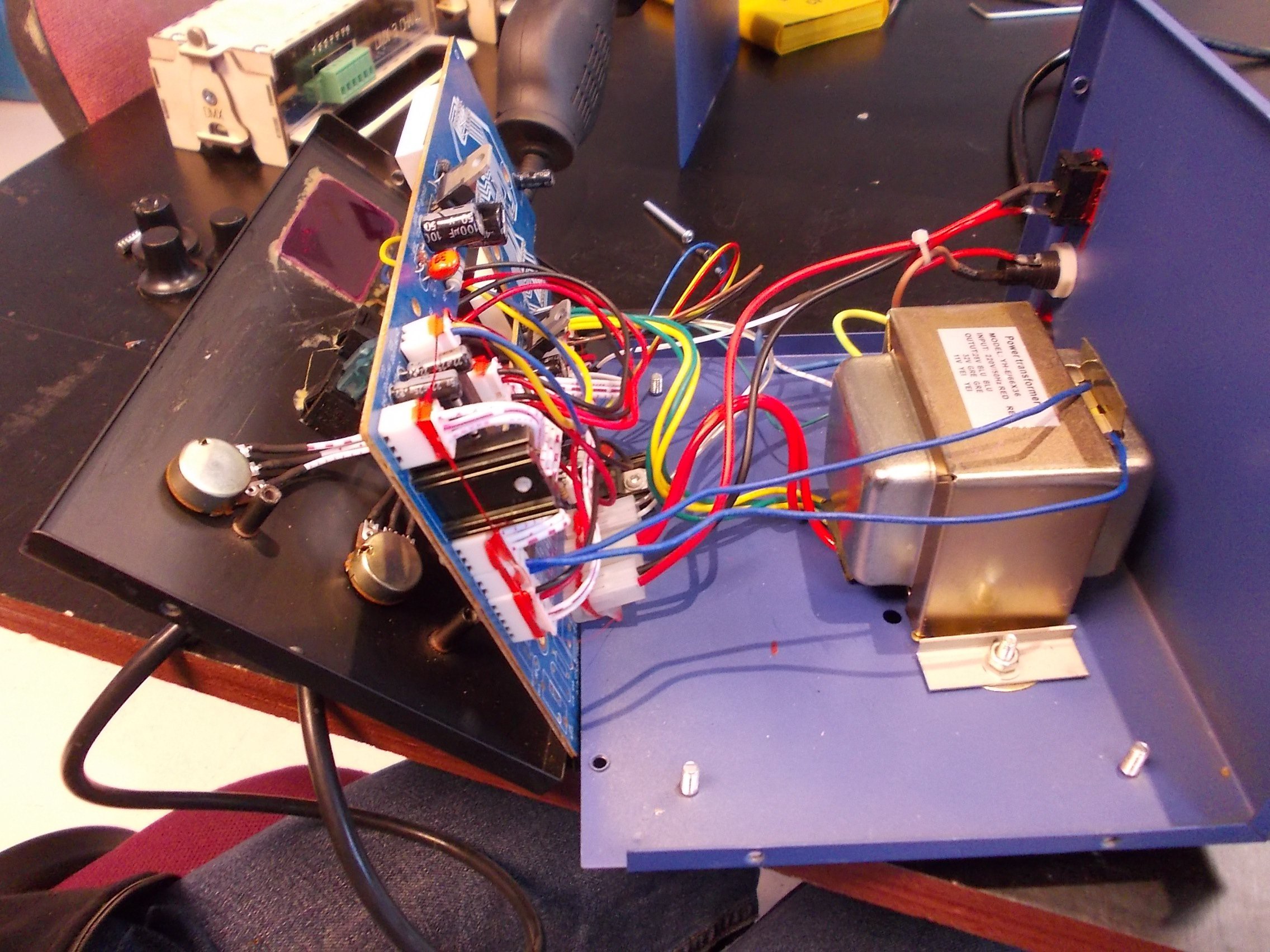

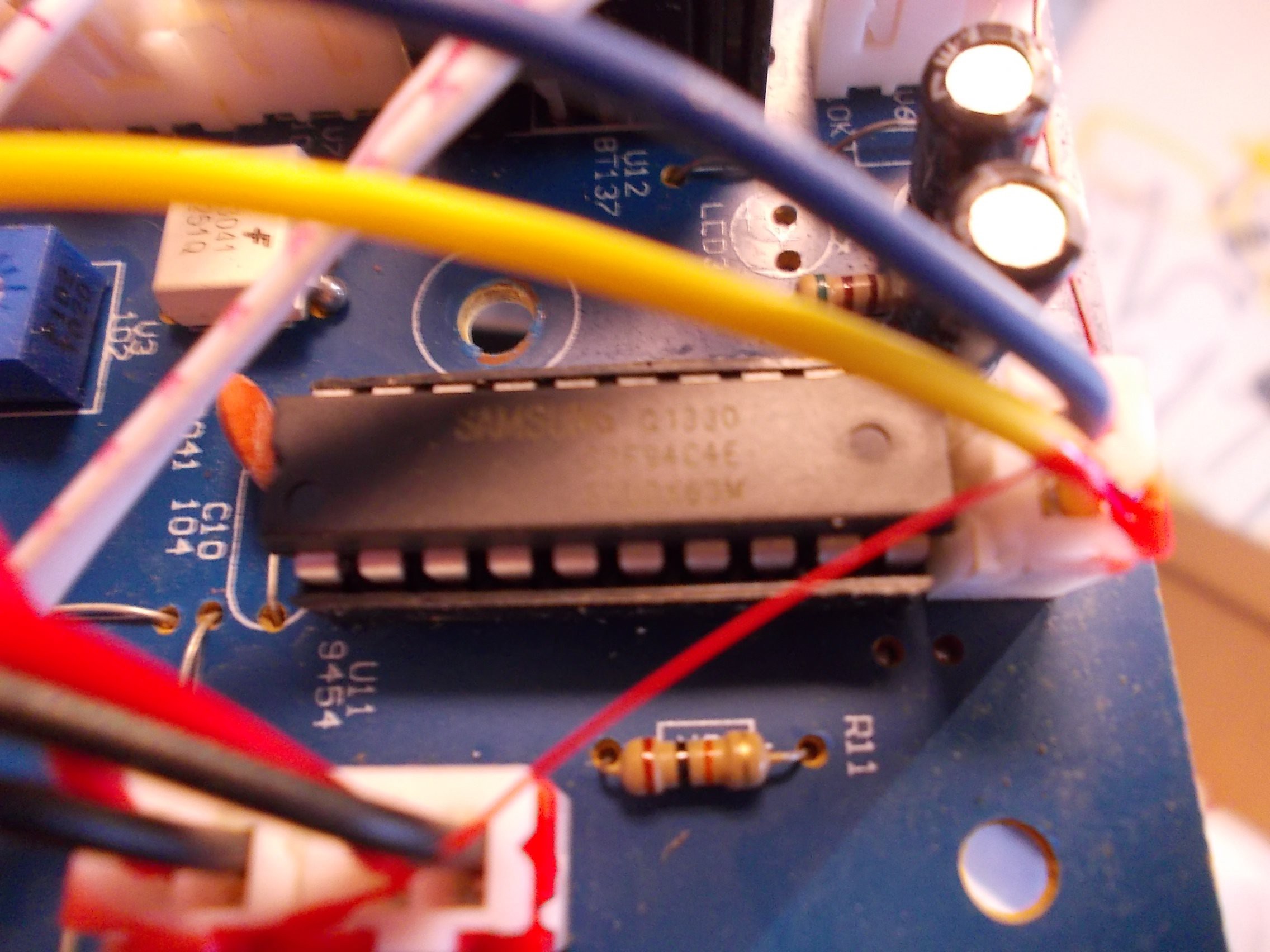
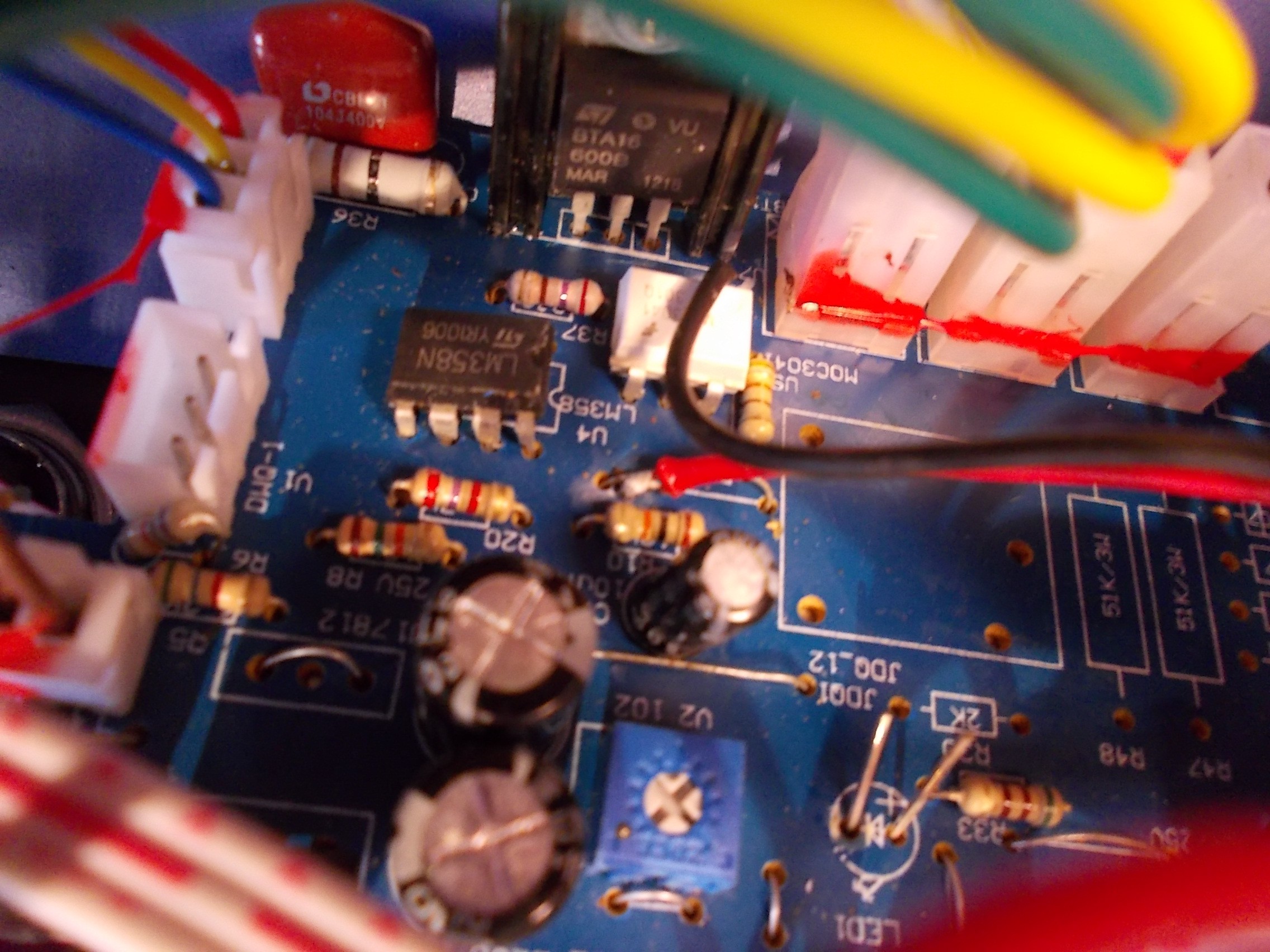
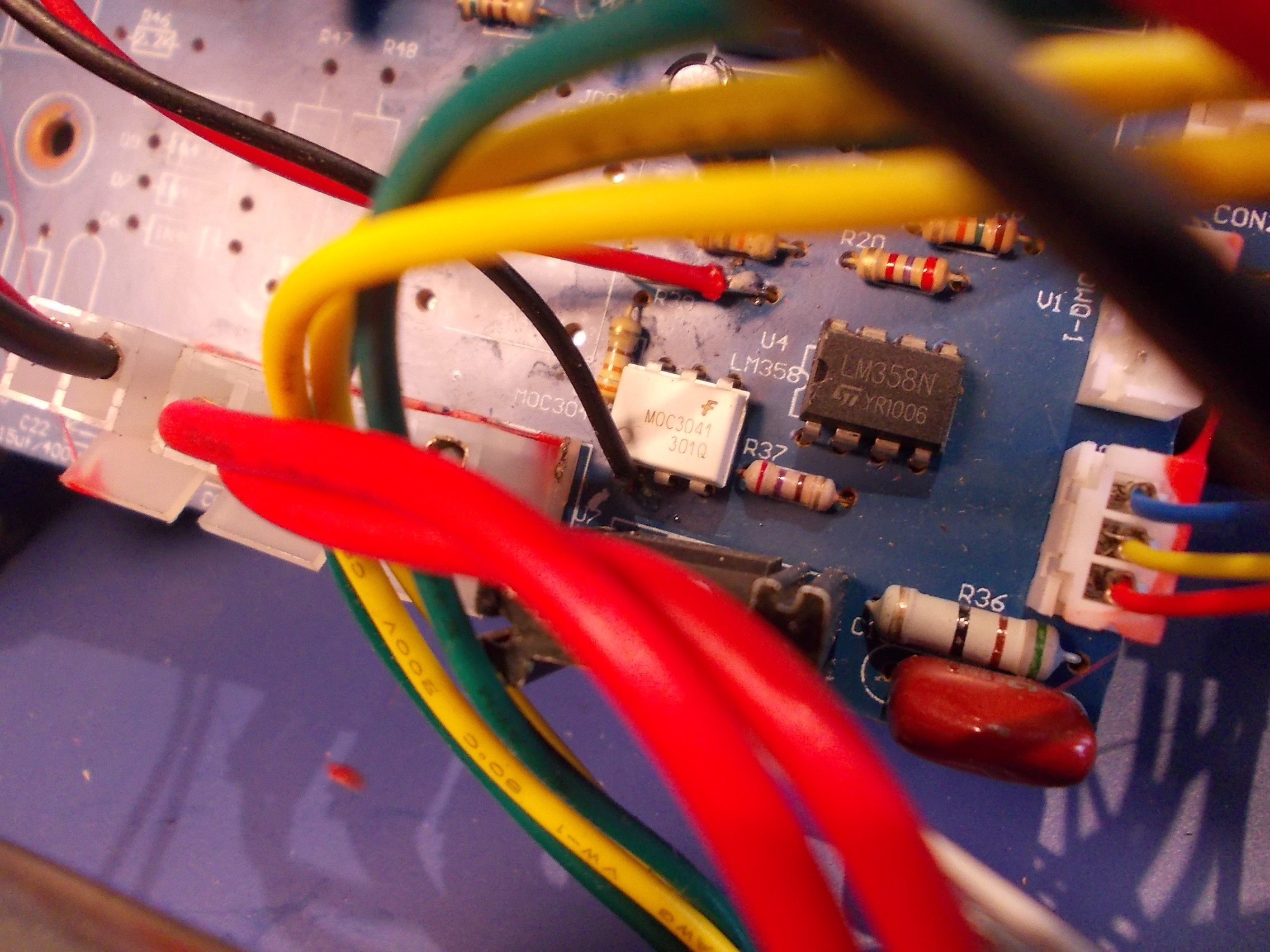
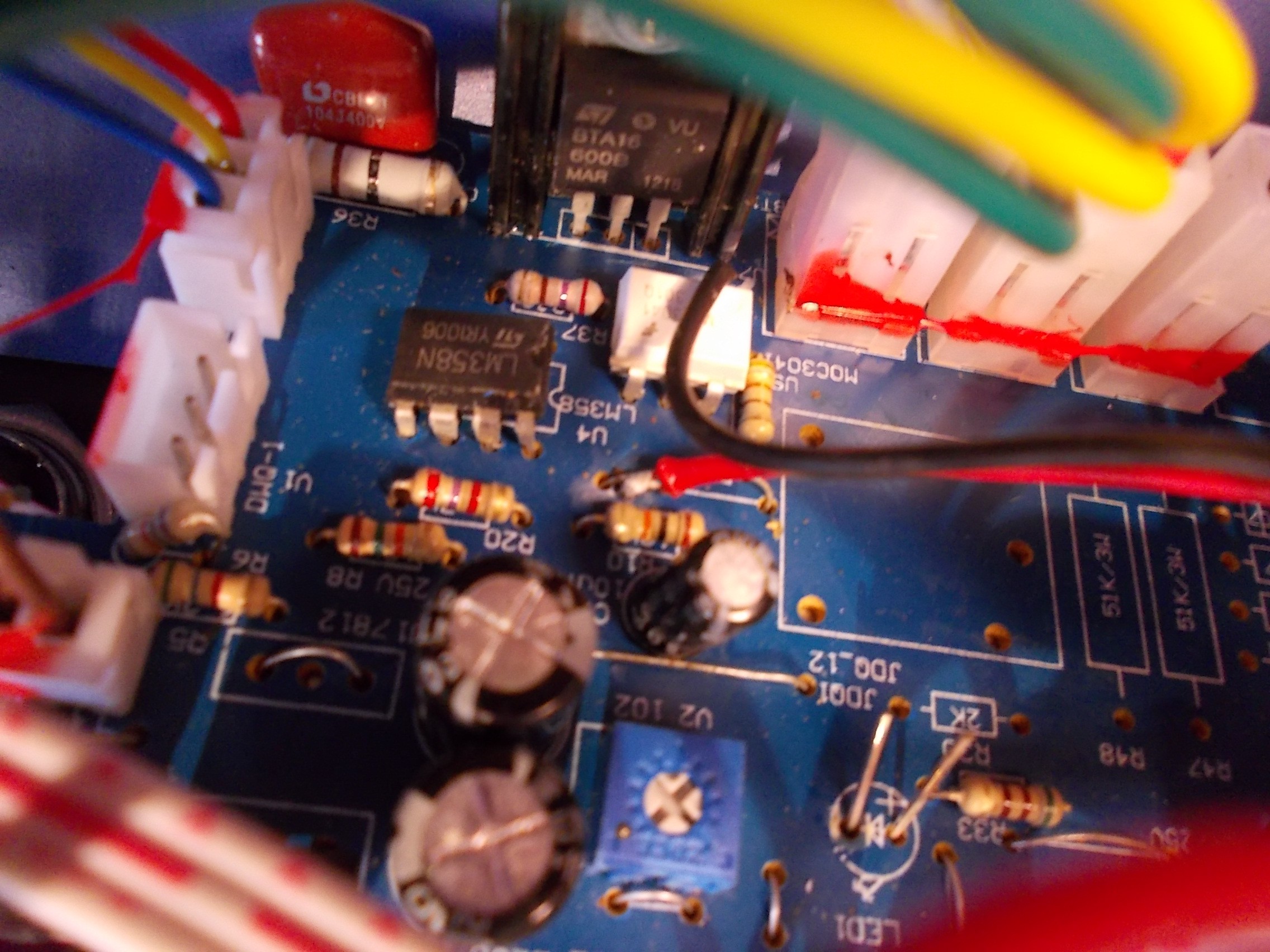
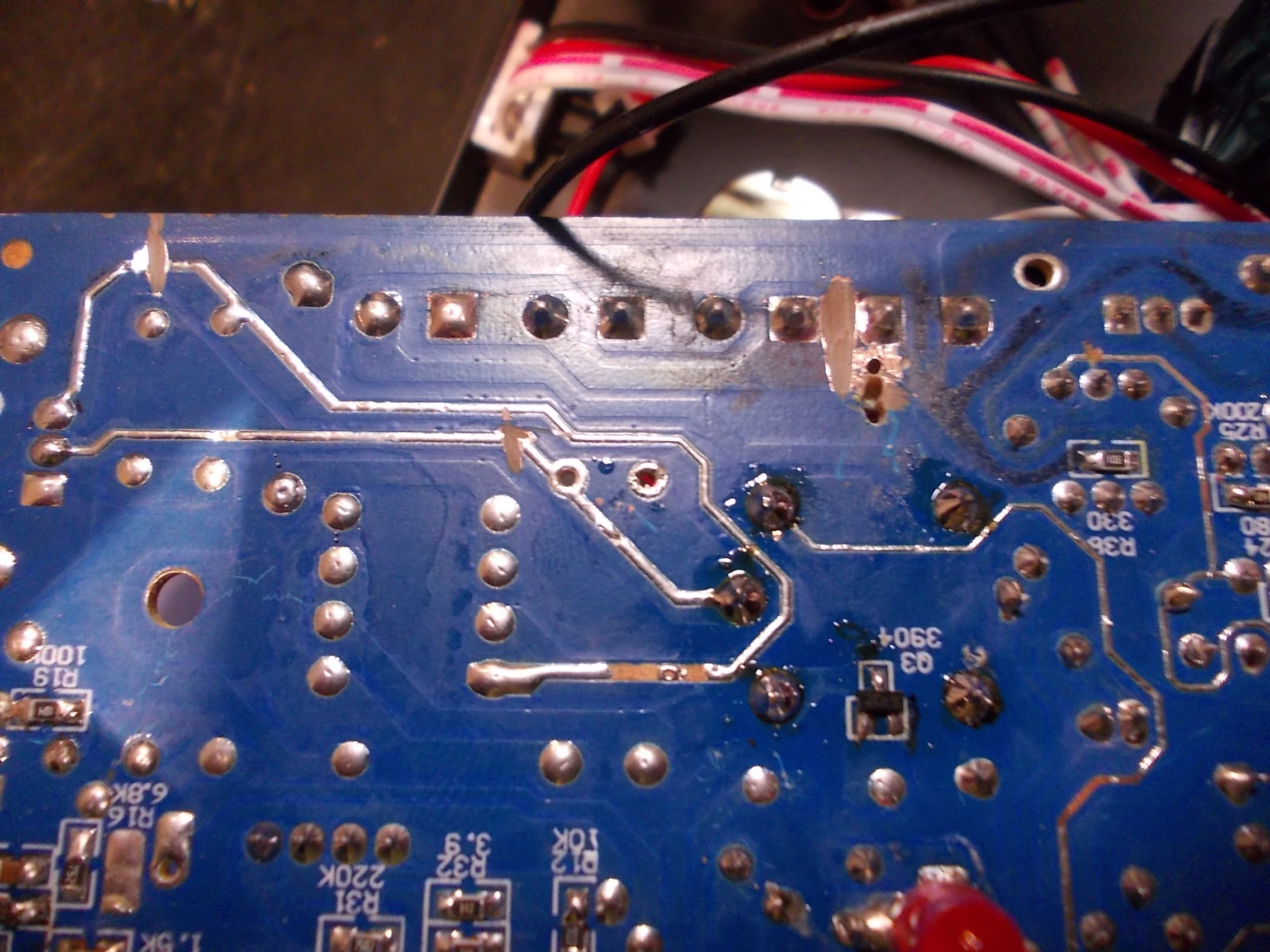
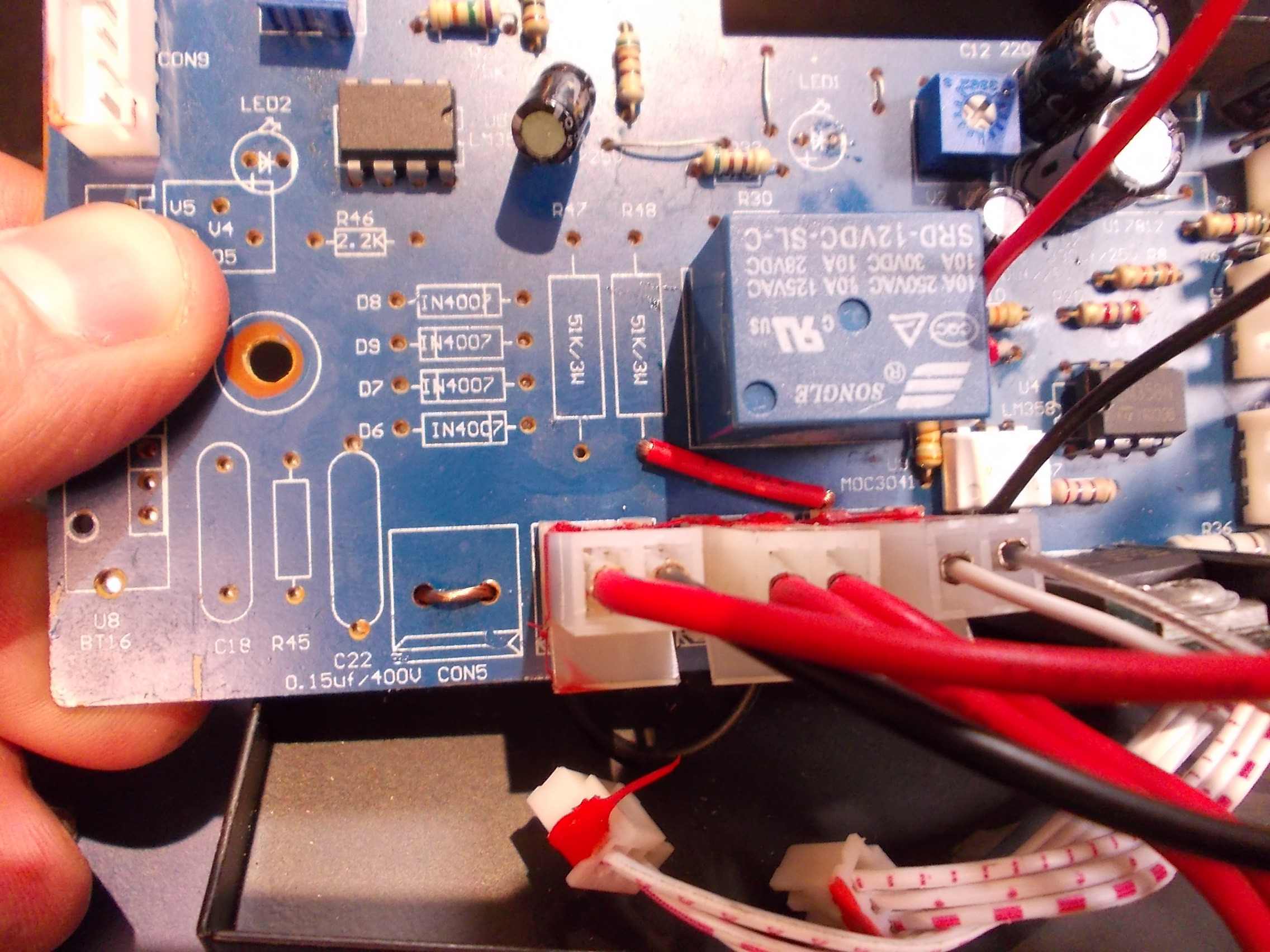
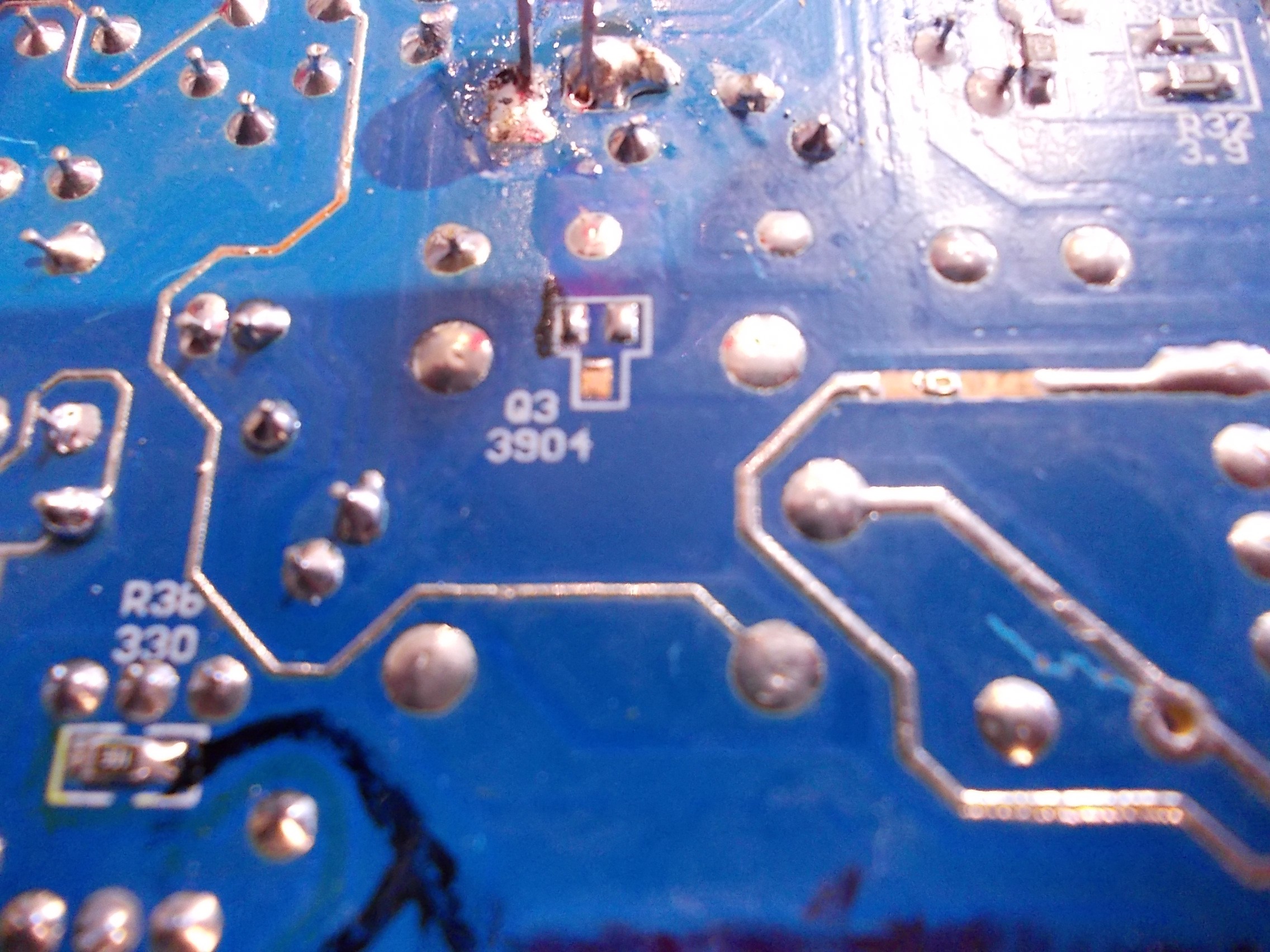

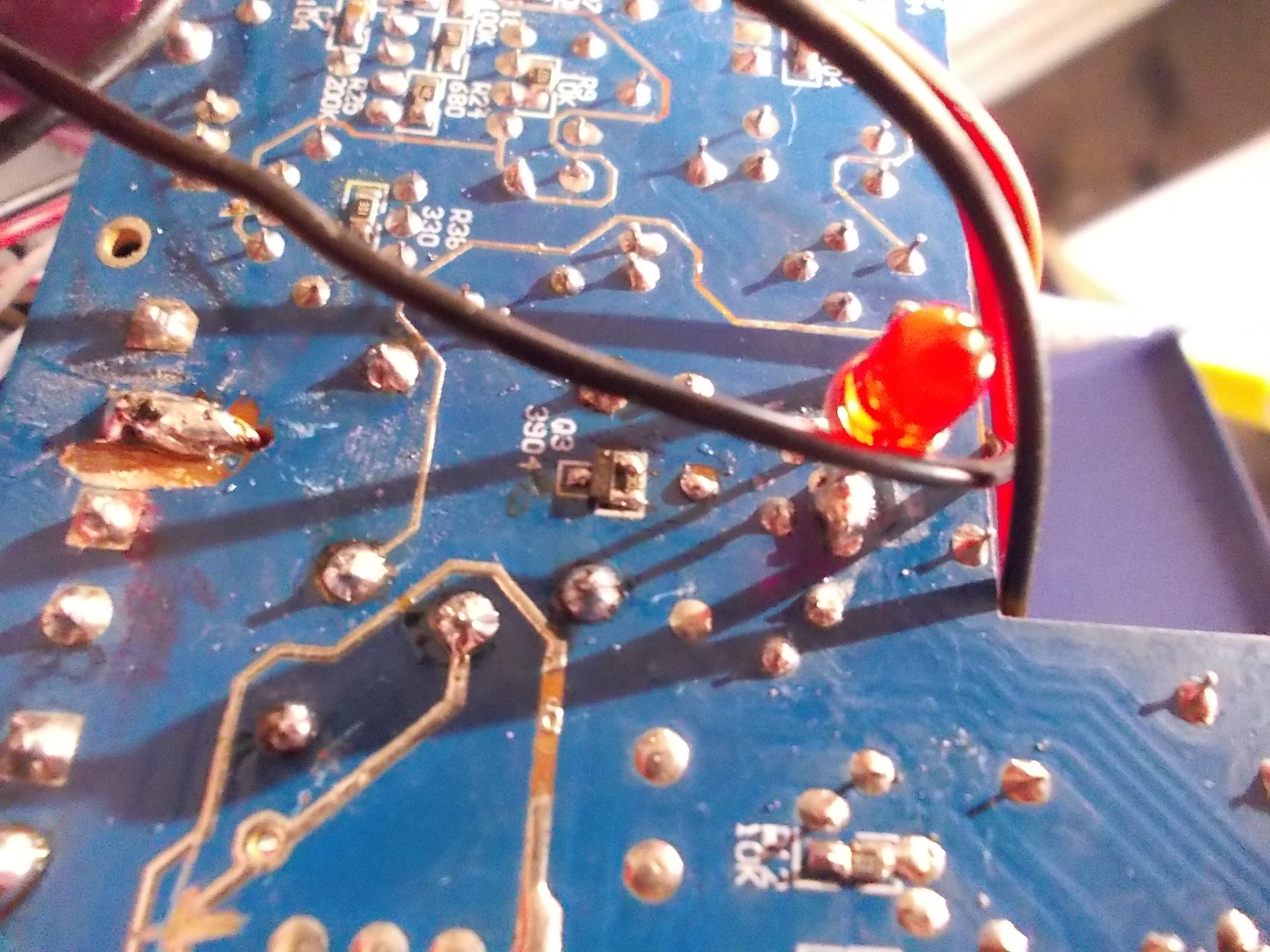
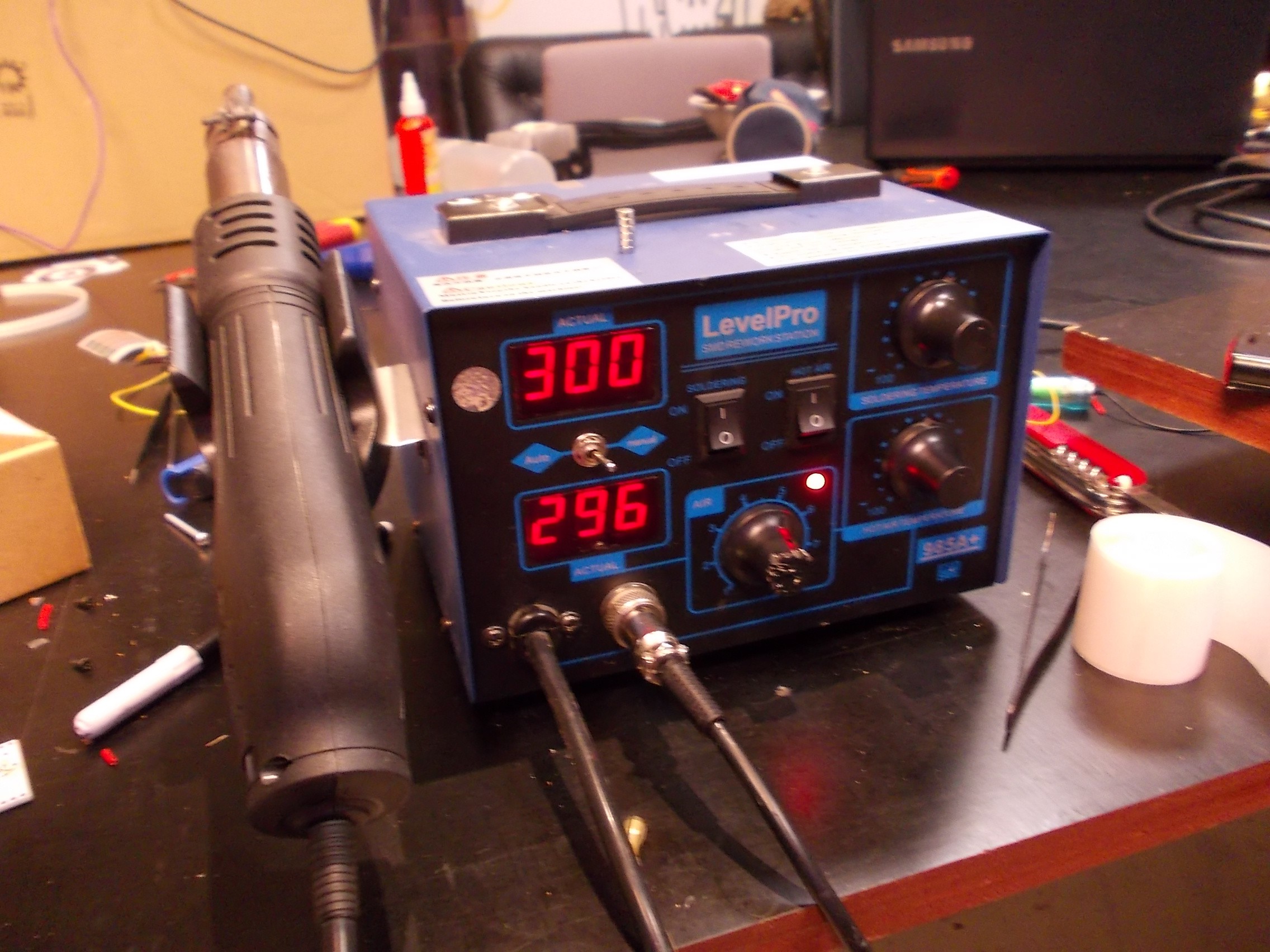

 It has a barrel jack connector on a cord for 12V power. I don't have the current consumption figures, sorry. Anyway, I needed a speed control for it because of noise produced, necessity to sometimes operate more smoothly and thus slowly and the fact that my tool started to develop some bearing problems, and speed might be a factor which I might want to take into account when I'll get the same tool to replace this one. I remembered that I had this dimmer somewhere, found it (the most difficult part in all this, honestly) and disassembled it:
It has a barrel jack connector on a cord for 12V power. I don't have the current consumption figures, sorry. Anyway, I needed a speed control for it because of noise produced, necessity to sometimes operate more smoothly and thus slowly and the fact that my tool started to develop some bearing problems, and speed might be a factor which I might want to take into account when I'll get the same tool to replace this one. I remembered that I had this dimmer somewhere, found it (the most difficult part in all this, honestly) and disassembled it: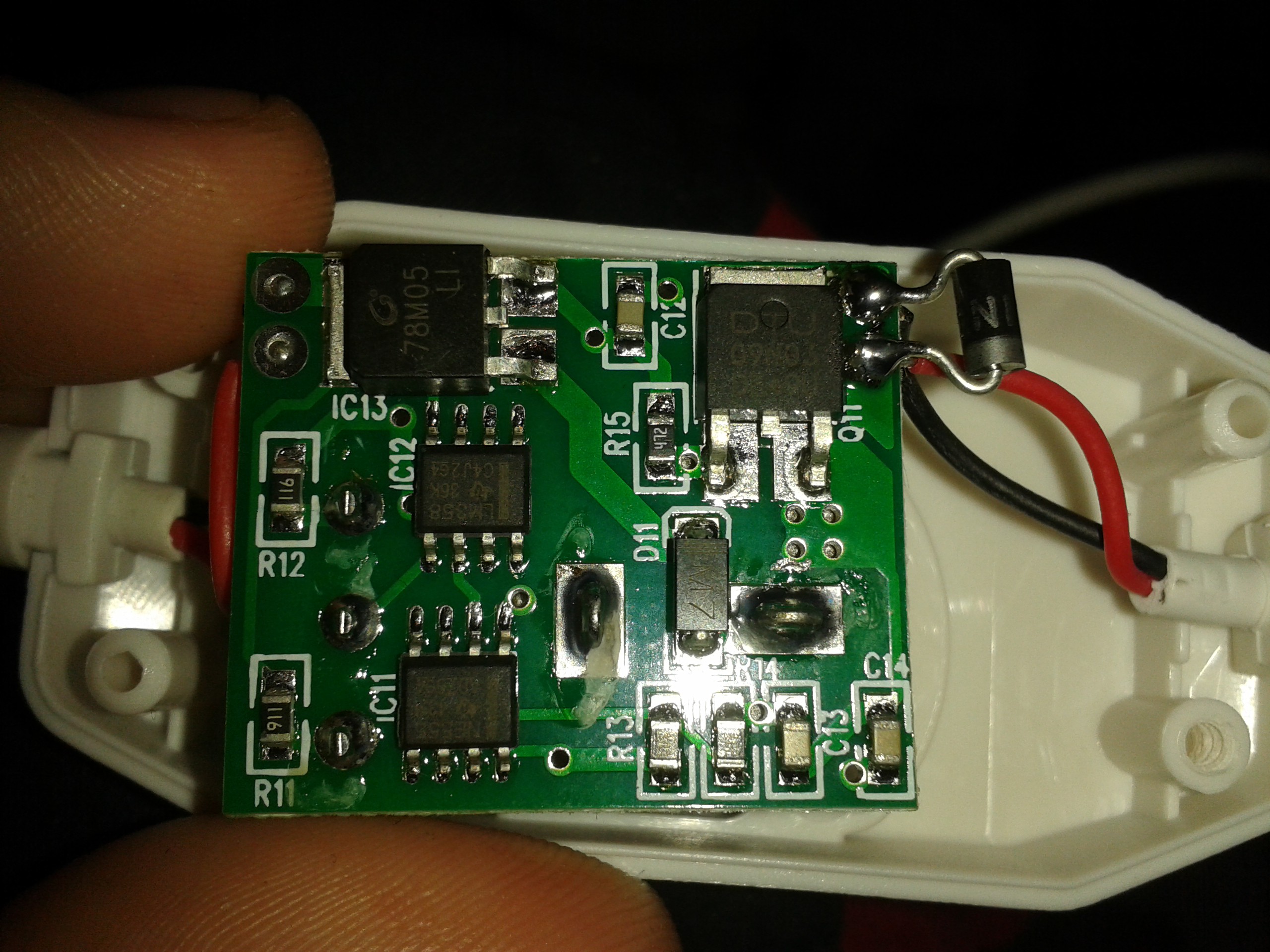
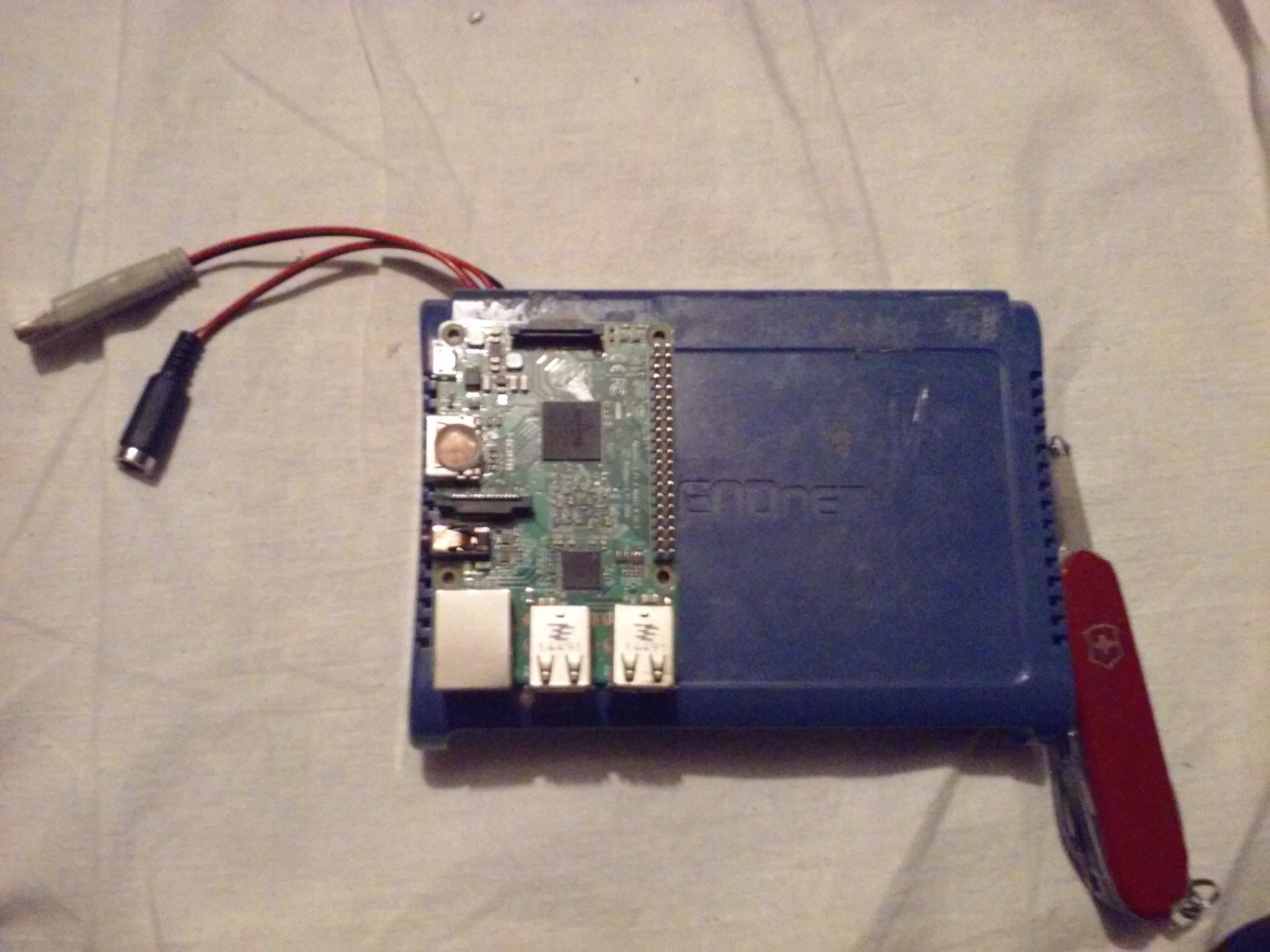 Network switch in question needs 5V. In its first revision, I used a LM7805. However, this proved to be unviable because the thing would heat up a lot from 12V, even with a heatsink.
Network switch in question needs 5V. In its first revision, I used a LM7805. However, this proved to be unviable because the thing would heat up a lot from 12V, even with a heatsink. 